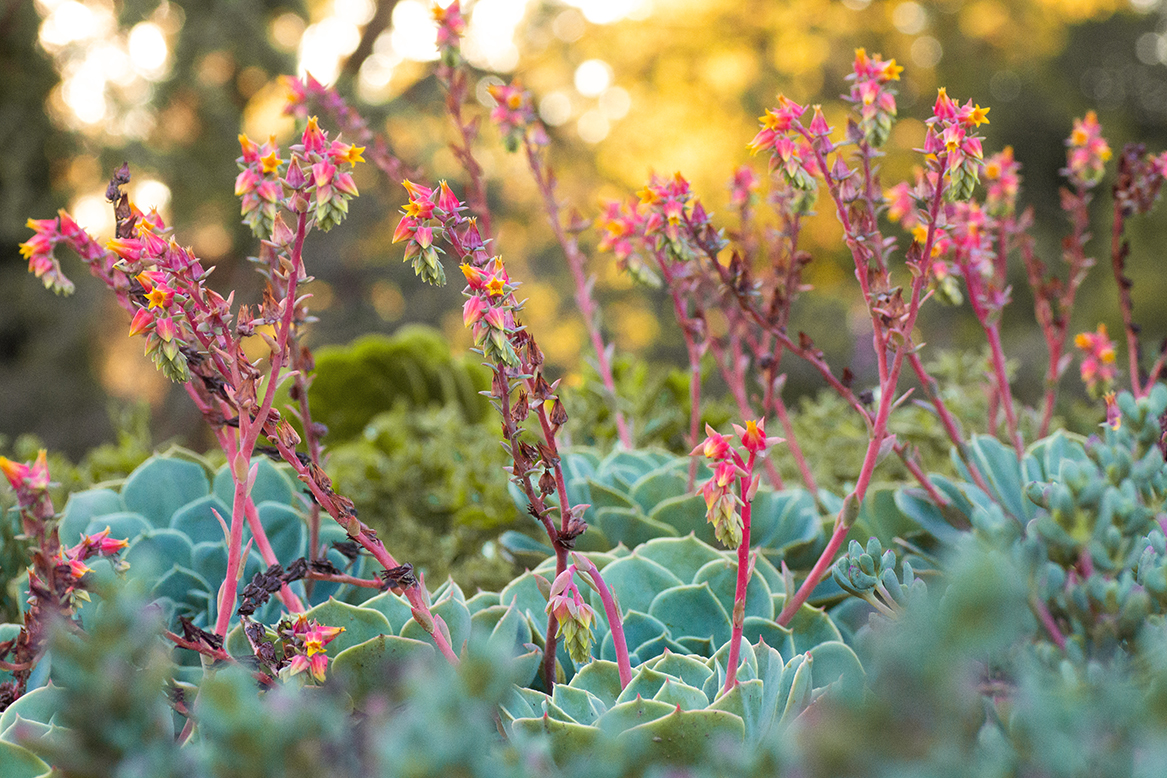A Short History and Active Helpers of Rostock Botanical Garden
A fundamental reorganization of the University of Rostock in the 1990s also led to a substantial restructuring of the Botanical Garden, which was accompanied by a partial reorganization of the plants and themes. The old garden on Doberaner Strasse was abandoned and relocated to the existing garden on Hamburger Strasse, the greenhouse area was significantly reduced and the first construction phase of the modern Loki-Schmidt greenhouses was completed. Plant care practices in the Botanical Garden have been switched to a purely organic approach, and the garden is now largely managed as a closed ecological system, with the exception of some special care measures for specific plants. As with the entire University of Rostock, the Botanical Garden also covers its electricity requirements with 100% green energy, including for its multi-purpose vehicle.
Further structural and construction measures were continued with the substantial support of the Friends of the Botanical Garden Rostock e.V., founded in 1995, as well as external partners, including local sponsors and partners at the University of Rostock, as well as third-party grants. In the course of this transition, valuable cooperation with volunteers, especially from nature conservation organizations in northeastern Germany, developed to jointly develop effective measures for the conservation of plant resources in northeastern Germany.
A reorientation in terms of content linked to this transition includes the development of installations of native biotopes in the open air grounds of the Botanical Garden, in which much larger and thus genetically richer populations of endangered species can be kept. Biotope sites also serve as near-natural educational and study areas that can be visited and sampled. They are often used in educational work with school classes as part of the "Unigarten macht Schule" project, which was set up by the Friends of Botanical Garden as a succession to the former municipal botany school, which was closed at the turn of the millennium. Another permanent partner of educational work in the Botanical Garden is the Chair of Didactics in Biology, which operates an educational garden section for the joint training of future teachers with groups of schoolchildren. Another project, to which a separate area in the Botanical Garden was assigned, deals with educational training in and the application of garden therapy in a medical context.
Thanks to all its active members, the Botanical Garden now serves as a rich meeting place for teaching and education of the public and as a large open-air laboratory for university research.
Botanical Garden Website content and design: Dr. Dethardt Goetze, English translation: Carl Skarbek.


